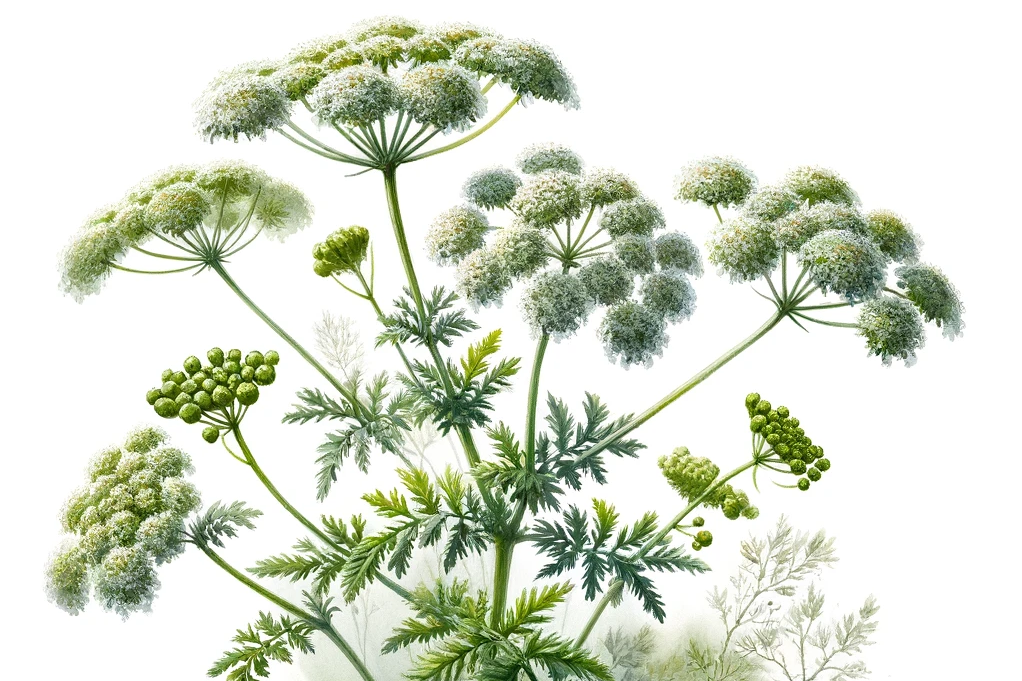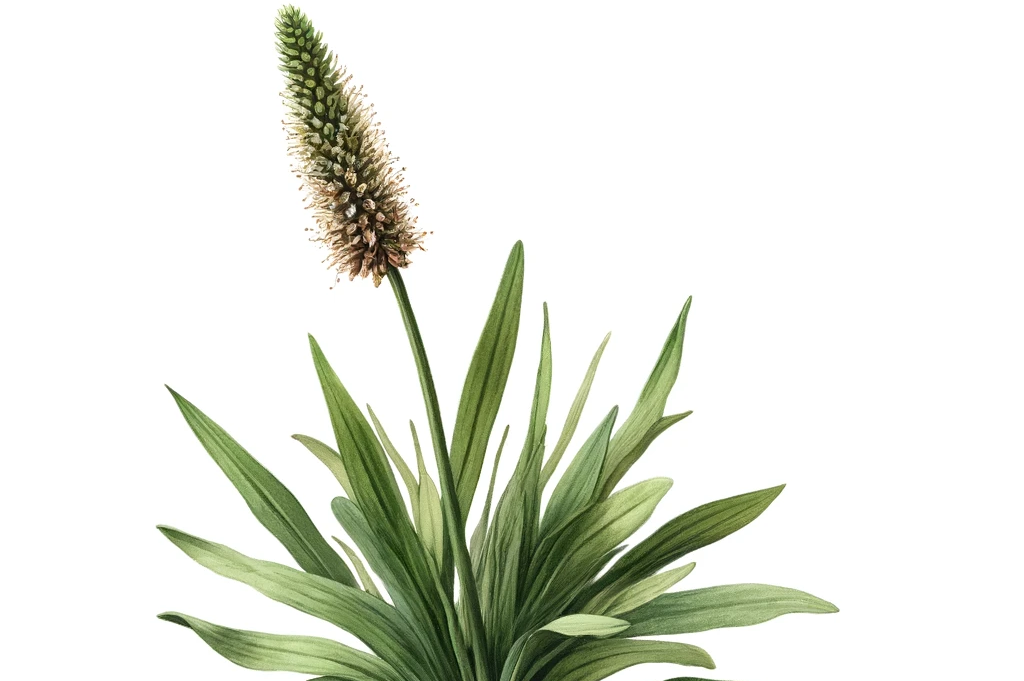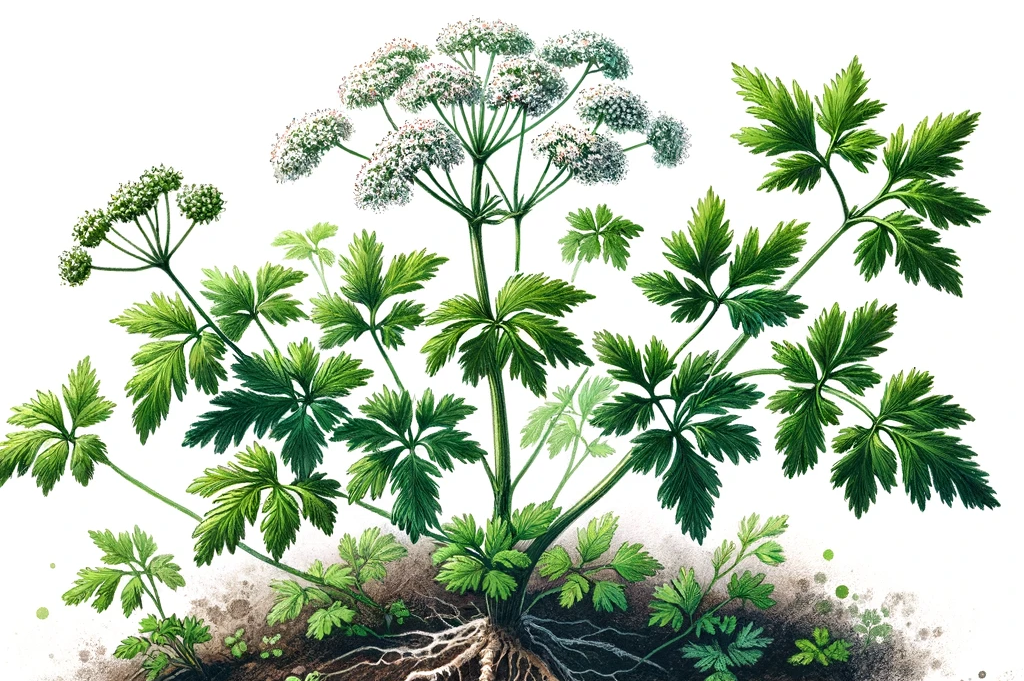Dandelion

Dandelion is a plant that you have probably seen many times before. It grows almost everywhere and has yellow flowers that later turn into white dandelions. But did you know that dandelions not only look beautiful, but can also be healthy for your dog? In this article you can find out more about dandelions and how you can give them to your dog.
What is dandelion?
Dandelion is a perennial herbaceous plant from the composite family. It has a long taproot that reaches up to one meter deep into the ground. All parts of the plant contain a white, milky sap that is not poisonous. The leaves are toothed or wavy and form a rosette at the base. The flowers are bright yellow and only open when the sun shines. Small seeds with a parachute of hairs develop from the flowers and are dispersed by the wind.
Why is dandelion good for dogs?
Dandelion contains many important nutrients for dogs, such as bitter substances, tannins, minerals, vitamins and trace elements. These can have various positive effects on a dog's health:
- The bitter substances stimulate digestion and support the liver in detoxification.
- The tannins have an anti-inflammatory effect and can help with diarrhea or gastrointestinal complaints.
- The minerals strengthen the immune system and promote bone formation.
- The vitamins protect against free radicals and prevent deficiency symptoms.
- The trace elements are important for various metabolic processes in your dog's body.
How can I give my dog dandelion?
You can give your dog both the leaves and the flowers of the dandelion. However, you should bear a few things in mind:
- Only collect fresh and unsprayed dandelions from clean places without traffic and exhaust fumes.
- Wash the dandelions thoroughly before feeding or processing them.
- Only give your dog small amounts of dandelion to avoid possible side effects.
- Mix the dandelion into your dog's normal food or use it to make a tasty salad.
- You can also make a tea from dried dandelion and offer it to your dog lukewarm.
Are there any disadvantages or risks when feeding dandelion?
Dandelion is generally well tolerated by dogs and has no serious side effects. However, some dogs may experience the following problems:
- Diarrhea or bloating due to the diuretic effect of dandelion.
- Allergic reactions to the sap or other components of the dandelion. This can manifest itself as itching, skin rash or breathing difficulties.
- Allergic reactions to the sap or other components of the dandelion. This can manifest as itching, skin rash or breathing difficulties.
If you notice these symptoms in your dog, you should consult a vet immediately and stop feeding dandelion. You should also not feed your dog dandelion if he has diabetes, high blood pressure or heart problems, as dandelion can affect blood sugar and blood pressure levels.
Dandelion is a versatile plant that can provide many health benefits for dogs. It contains important nutrients that can support digestion, the liver, the immune system and the metabolism. You can give your dog both the leaves and the flowers of the dandelion as long as you take a few precautions. Make sure the dandelion is fresh and not sprayed and only give it in small amounts. If your dog suffers from certain diseases or is allergic to dandelions, it is better not to feed them.
Properties 3
Are you looking for other ingredients with a specific property?
Just click on them to find more.
If you notice any signs of hypersensitivity or poisoning in your dog, you should see your vet immediately. We are not a substitute for a vet, but we try to be as accurate as possible. Every dog reacts differently and we recommend you get a second opinion or consult your vet if in doubt.
Stay healthy and take good care of your four-legged friend!😊
Similar to Dandelion
Stinging nettles are herbaceous plants from the nettle family. They grow in Europe, Asia and North America and prefer moist, nutrient-rich locations. The best-known species are the common nettle...
Yarrow (Achillea millefolium) is a perennial plant from the Asteraceae family. It has finely pinnate leaves and white or pink flowers that are arranged in flat umbels. The plant grows to a height of...
Ribwort plantain (Plantago lanceolata) belongs to the plantain family and is native to Europe, Asia and North Africa. It grows mainly on nutrient-rich soils and is very adaptable. Ribwort plantain...
Goutweed leaves are a plant from the umbellifer family that flowers between May and September. The leaves are tripartite and pinnate, the stem is triangular. The small white flowers smell of carrot...



